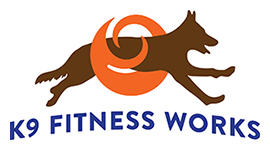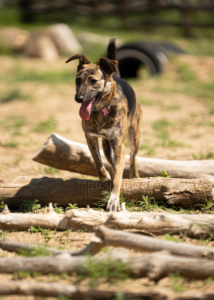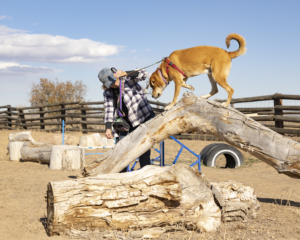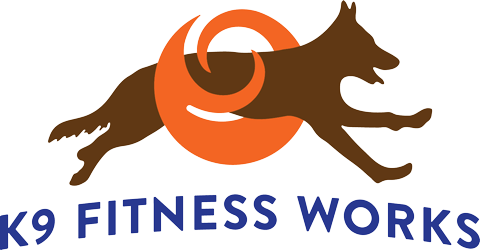The Dog Athlete- Enhancing Your Dog’s Fitness and Well-Being Through Effective Exercise
As a dedicated pet owner, you understand the importance of keeping your dog healthy and active. Exercise isn’t just about burning energy; it’s about improving your dog’s overall life function and preventing injuries. In this blog post, I want to share some insights from my recent continuing education courses that will help you enhance your dog’s fitness routine.
The Importance of Evaluation
The first step in any effective exercise plan is a thorough evaluation. This assessment is crucial for understanding your dog’s current physical condition, identifying weaknesses, and creating a tailored plan for better body awareness and strength. It’s important to have this evaluation done by a qualified professional, such as a sport veterinarian, rehabilitation practitioner, or a dog fitness trainer with a strong medical and sports background. If you haven’t met the professional before, I encourage you to interview them to ensure they’re the right fit for your needs.
Puppy and Adult Dog Evaluations
For puppies, particularly those aged 8-10 months, a sport evaluation can set the foundation for a lifetime of healthy movement. At this age, we can identify and strengthen any weaknesses, helping your pup develop good body habits that will serve them well in both sport and everyday activities.
Adult dogs also benefit from regular evaluations, ideally once or twice a year. These check-ups help maintain their physical health, ensuring they can enjoy a long life of sport and fun. Regular evaluations help catch potential issues early, allowing for timely interventions that can prevent serious injuries.
Understanding and Preventing Injuries
Injuries often occur when a dog’s body is unaware of its position in space. This lack of body awareness can lead to missteps, such as landing awkwardly to the side or stumbling over equipment. High-speed activities, like running down a hill or navigating obstacles, require precise muscle engagement and coordination. In 1 second a sport dog has to evaluate the new course, information on the course, and manage their body to jump over agility poles. A split-second decision to adjust their body to new terrain can make all the difference between a safe landing and an injury.
Actionable Tips for Better Fitness
-
Incorporate Body Awareness Exercises:
Regularly practice exercises that enhance your dog’s proprioception, such as balance drills and controlled movements over various surfaces. This helps your dog develop a keen sense of body position, reducing the risk of injuries during high-speed sport or life activities.
-
Strengthen Through Play:
Integrate strength-building exercises into training or playtime. Activities like tug-of-war, gentle hill climbs, and jumping over low obstacles can help strengthen your dog’s muscles and improve their coordination.
-
Simulate Natural Play Environments:
Mimic the natural play behaviors of dogs by creating an environment that encourages diverse movements. Set up obstacles in your yard or take your dog to areas with varied terrain. This type of play helps them build strength and agility, similar to how they would in the wild.
Conclusion
Incorporating exercise into your dog’s routine is about keeping them safe and active; it’s about enhancing their overall well-being and preventing injuries. Regular evaluations, body awareness exercises, and strength training through play are essential components of a comprehensive fitness plan for sport or life. Remember, the key to a healthy and happy dog or athlete is a balanced approach to exercise that mirrors the natural play they would engage in the wild.
By following these tips and maintaining a proactive approach to your dog’s fitness, you’ll be able to enjoy many years of fun and sport adventures together. For more detailed information and practical exercises, be sure to check out our blog and upcoming webinars. Happy training!




